This sounds like something right out of Buck Rogers! Do we still talk about Buck Rogers … ?
In the late 60’s development on an atomic powered pacemaker began, as Plutonium-238 had become available for non-military applications including battery technology research. By 1973, several manufacturers had introduced nuclear powered pacemakers. This particular device, a Medtronic Model 9000, used a small 2.5 Curie slug of PU-238 housed in a protective container. The device took advantage of the heat generated by radiation bombarding the container walls to generate electricity via a thermopile. A thermopile is made up of a stack of thermocouples that convert thermal energy into electric energy using the Seebeck effect. This electricity was then used to stimulate the patient’s heart.
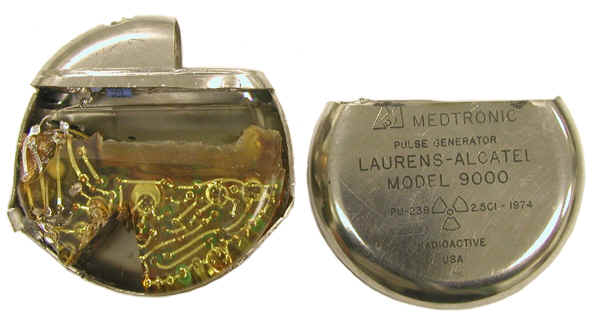
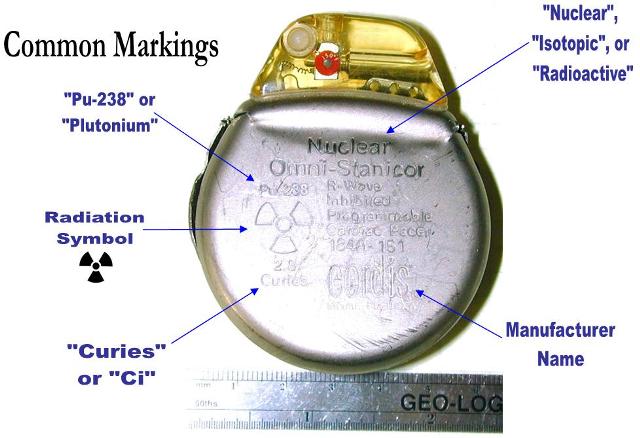
One big advantage of this design was the battery life. PU-238 has a half-life of roughly 88 years, and even at that stage of decay, it was estimated that there would still be enough heat exchanged to power the unit sufficiently. The device would outlive the patient, and not require additional surgeries to replace a dying power supply. Due to the shielding of the protective container, exposure at the surface was minimal for the patient at around 5 to 15 millirem, and 7.5 millirem for anyone in close proximity such as a spouse.
Oddly enough, that advantage turned out to be a perceived disadvantage later on, as technology improved in the placement of electrodes allowing pacing of the top ventricle and atrium, where as the original designs only paced the lower chamber of the heart. The shorter battery life of modern designs allow for upgraded units to be implanted as the technology advances, as well as better monitoring of overall health and status of the patient.
The biggest reason these devices ultimately failed is the power source itself. Radioactive elements are highly toxic and have to be disposed of properly. Although it was determined that cremation would sufficiently destroy the heat source, there was no guarantee that the patient would actually be cremated. In the case of traditional burial, the unit would need to be removed and sent on to the Los Alamos National Laboratory for proper disposal. The risk of ground exposure, or even water table contamination was too great.
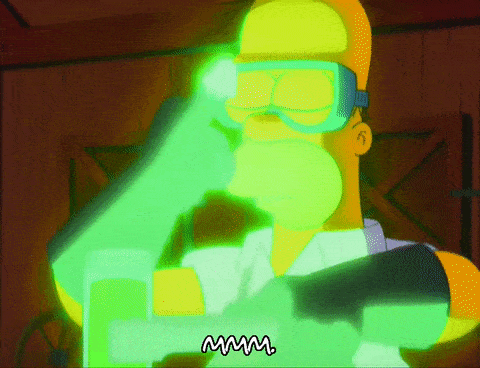
As of 2007 (the most recent data I could find), there were still 9 people walking around with nuclear powered pacemakers out of 139 total implanted devices. One woman, who was in her early 20’s, got hers in 1973, and was still going strong some 34 years later (as of the 2007 data).
If you know anymore about this topic, please let me know in the comments! I found it quite fascinating that we were creating implantable nuclear batteries all the way back in the 60’s!

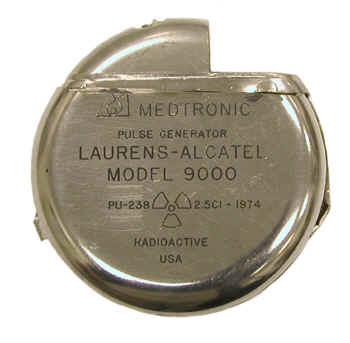
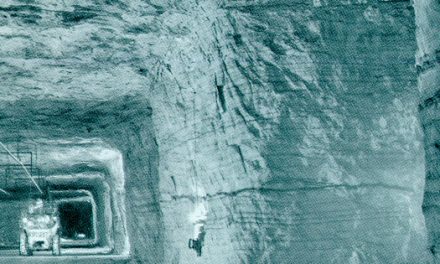
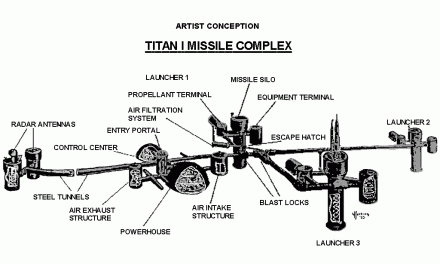

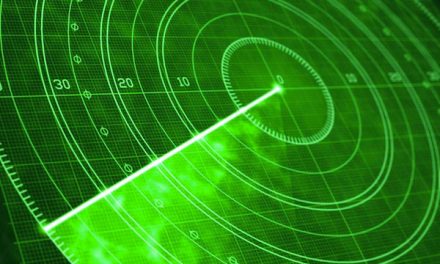

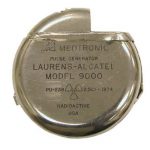



I received my Medtronic 9000 at the age of nine in December 1974, becoming the first child in Canada with this device. It was replaced in January 1987. Still have the newspaper articles about it.
That is awesome!